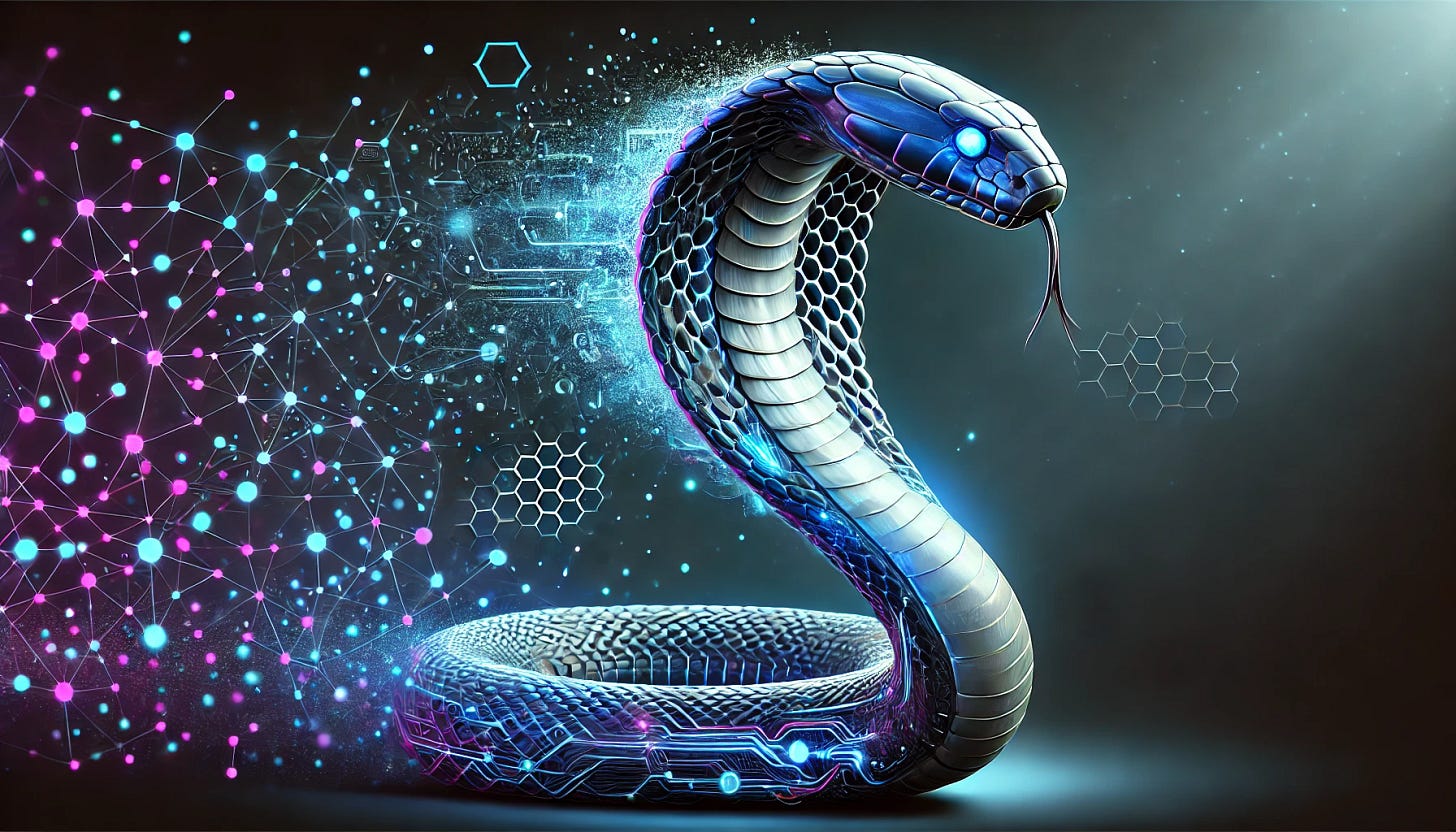The trip to Goa that could save thousands from deadly snakes
How an AI breakthrough and a scientist's random reading on holiday might revolutionize snakebite treatment
Hi friends,
Hope you’ve been well.
Wishing everyone a very happy Saraswati Puja- may the Goddess grant us all wisdom.
Recently, I came across a fascinating science story. Sometimes the best ideas strike when you least expect them.
For Timothy Jenkins, it happened in Goa, where he found inspiration.
The medical biotechnologist was enjoying his holiday when he stumbled upon a scientific paper that would change everything. It described artificial proteins that could stick like superglue to specific molecules.
For most people, it would have been interesting trivia. For Jenkins, it was a lightbulb moment that could help solve a crisis all too familiar to rural India.
In villages across the country, from Maharashtra's farmlands to Bihar's fields, the "Big Four" snakes claim thousands of lives each year. The spectacled cobra, common krait, Russell's viper, and saw-scaled viper have long been a deadly threat to agricultural workers and their families.
The current treatment hasn't changed much since the days of the British Raj.
Making antivenom is dangerous and expensive. Scientists have to "milk" venomous snakes, a process Jenkins compares to "handling a live hand grenade." Then they inject the venom into horses or sheep to produce antibodies. The final product needs careful refrigeration, a major challenge in rural India where power supply can be unreliable and medical facilities are often hours away.
But what if there was a better way?
Jenkins fired off an email to David Baker, whose lab had published the paper (Baker won the Nobel Prize last year for this, among other discoveries).
That casual message sparked a collaboration. Using an AI tool called RFdiffusion, they designed custom proteins that could neutralize some of the deadliest components of snake venom, the three-finger toxins that paralyze muscles and stop victims' hearts.
Snake venom is incredibly complex, containing hundreds of compounds evolved to kill. The three-finger toxins are particularly nasty.
They attack the body in multiple ways, shutting down crucial receptors while destroying tissue. Traditional treatments, even those produced by India's leading antivenom manufacturers, often struggle to counter them effectively.
But AI changed the game.
As Jenkins told the BBC, traditional drug discovery is like searching for a needle in a haystack. Using AI to design new proteins is like creating the needle you need from scratch.
The results were stunning.
When mice were given a lethal dose of cobra toxins followed by the designed proteins, every single one survived. Even better, these new antitoxins are stable at high temperatures and can be produced using simple bacterial fermentation, crucial advantages for distribution in India's diverse climate zones.
The implications stretch far beyond snakebites.
This combination of AI and protein design could revolutionize treatment for many tropical diseases that affect rural communities across India and the Global South. It might even allow researchers in resource-limited settings to design targeted treatments without massive infrastructure.
The work isn't done yet, it’s only getting started.
The treatment still needs to go through clinical trials. But for thousands of people there’s a new hope to an old affliction.
Speaking of snakes, it is also the Chinese Year of the Snake. A very happy lunar year to all.
If you enjoy exploring these kinds of unexpected connections and discoveries, also check out my other newsletter Dhyandemic. Drop by if you're curious:
Talk again soon,
Anirban






This is an amazing discovery. It is a game changer indeed for thousands of rural people.